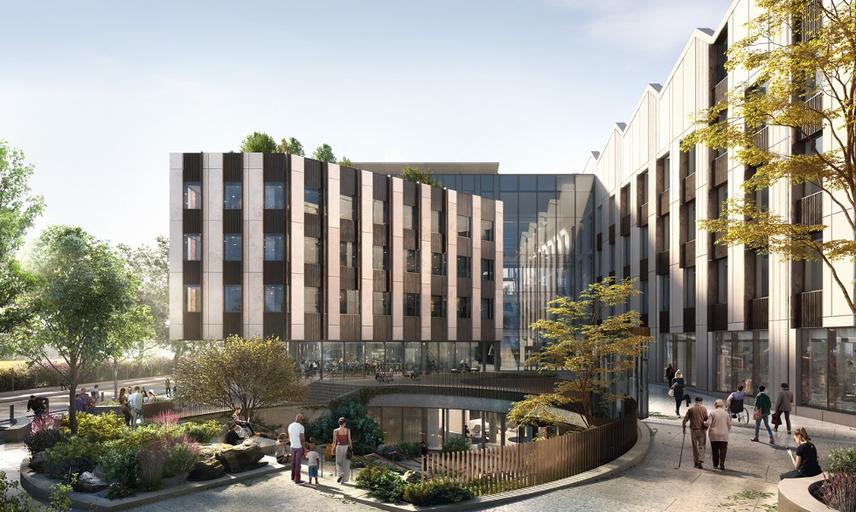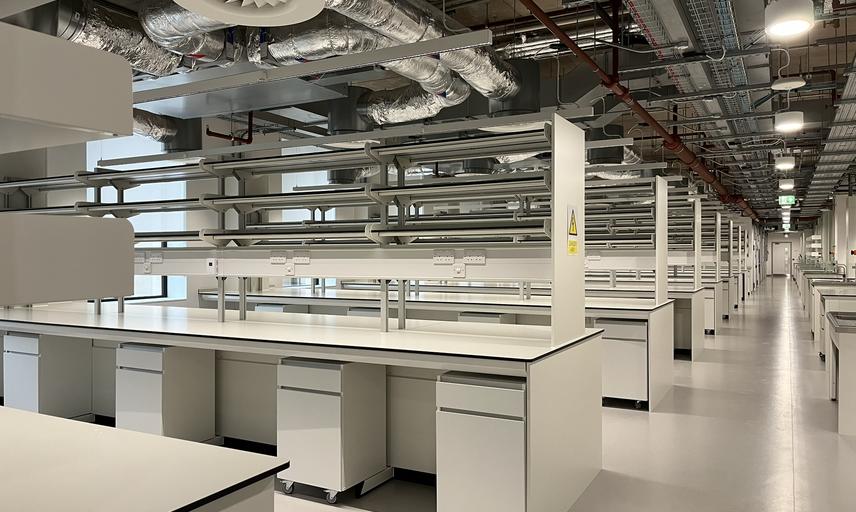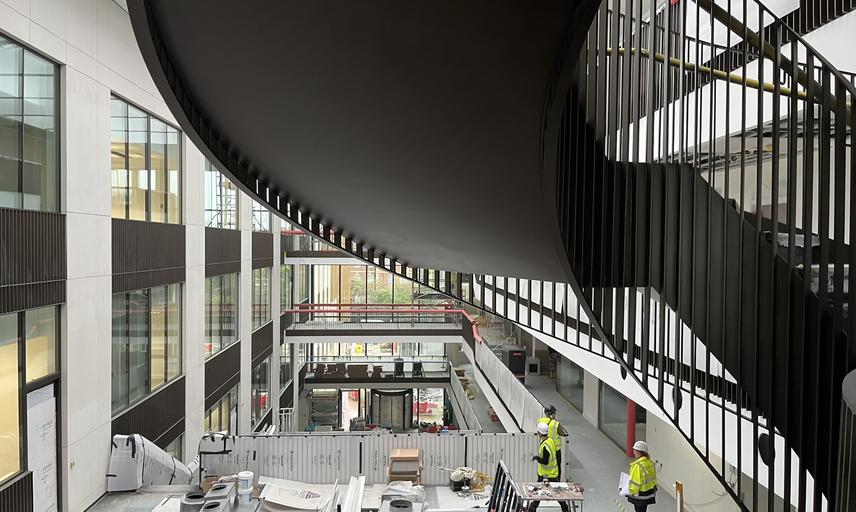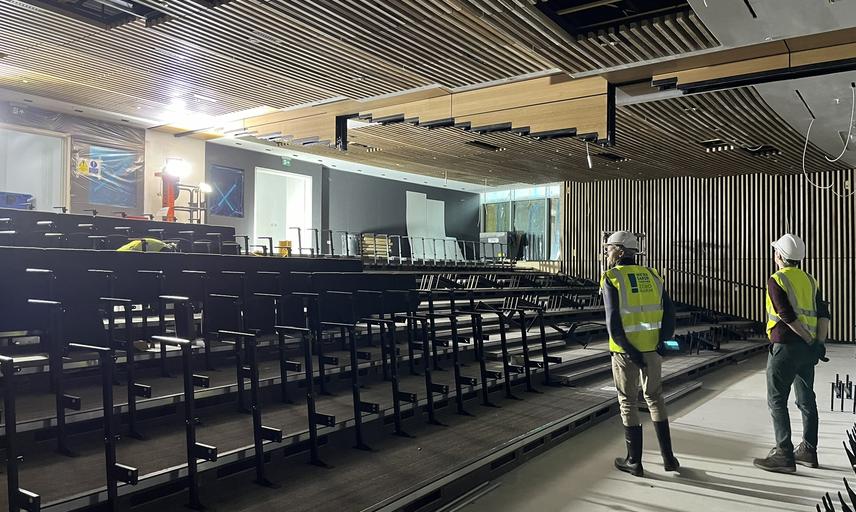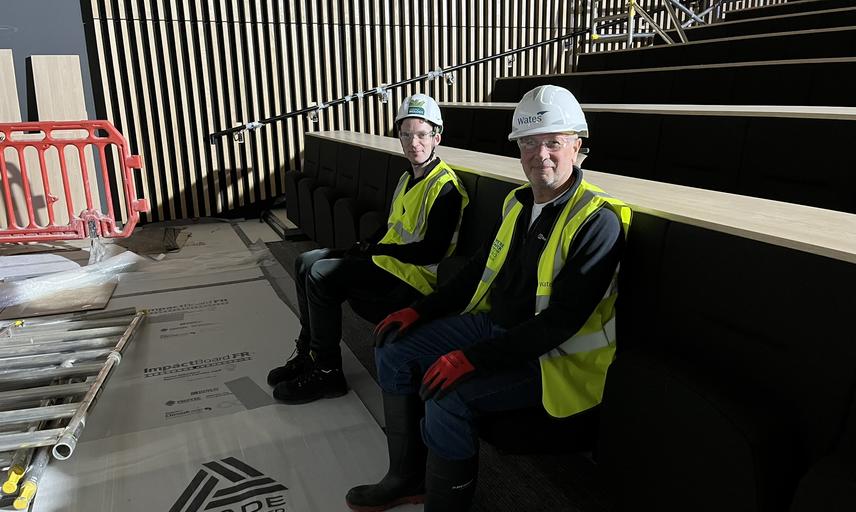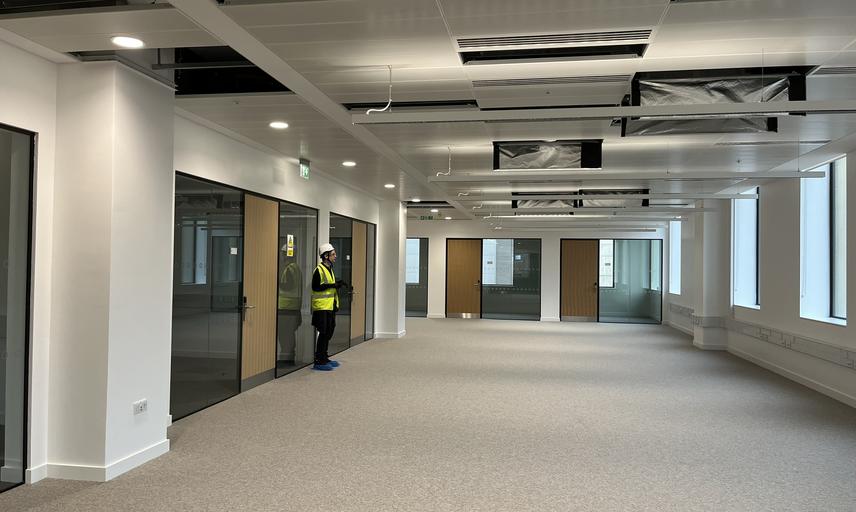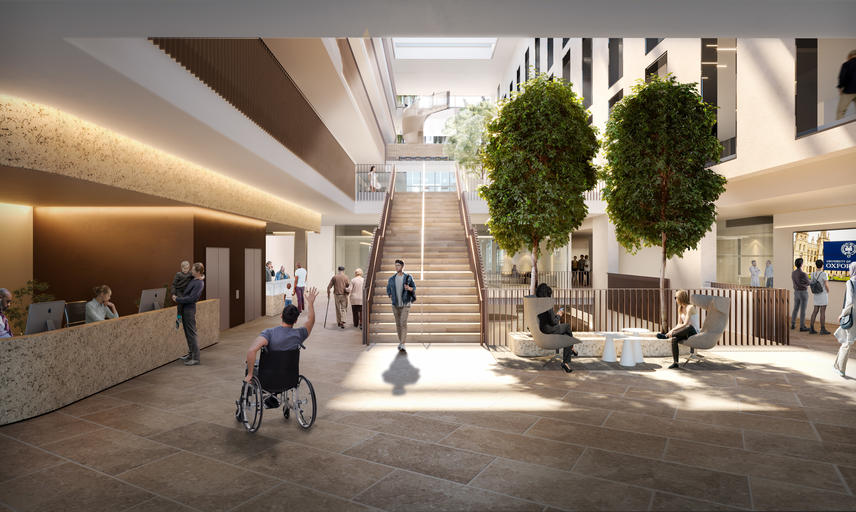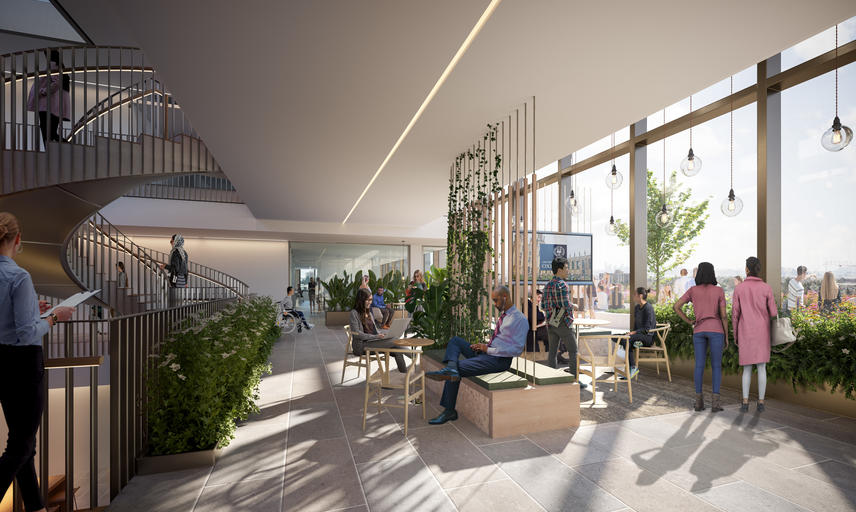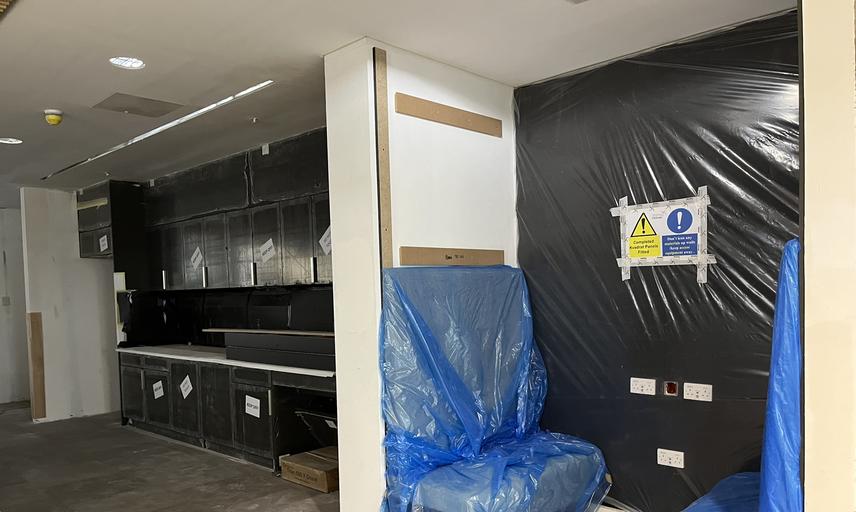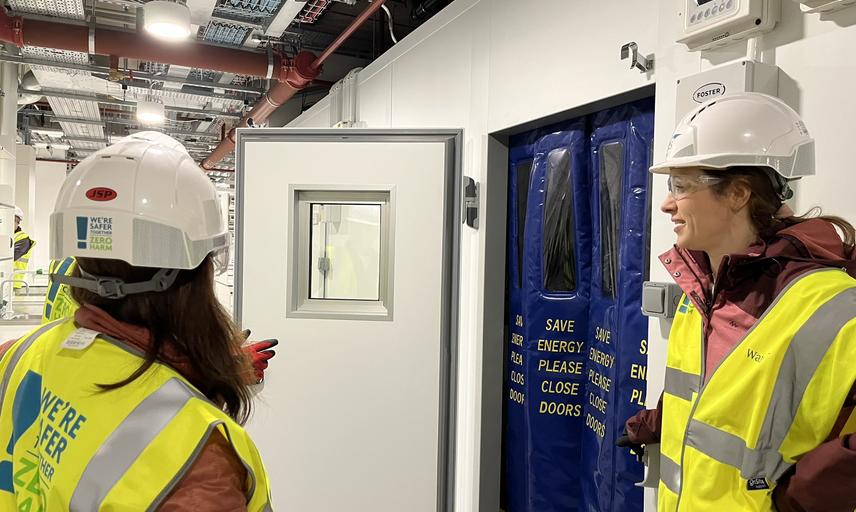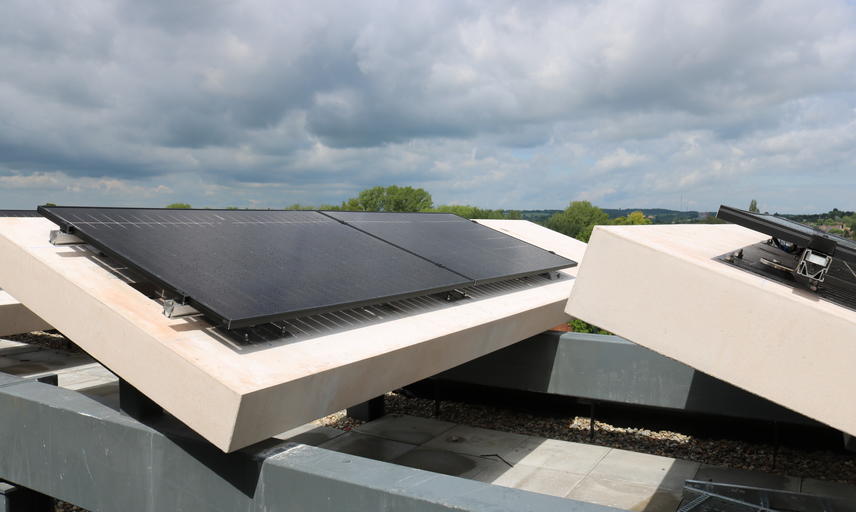Life and Mind Building alumni update
We are excited to share the latest updates on our new Life and Mind Building which we can see progressing rapidly. The builders are working at full speed to bring this incredible space to life, and with each visit to the site we’re amazed by the visible transformations taking place. After much anticipation, we’re on track to receive the 'keys' in March 2025. This marks a major milestone as we prepare to bring our vision for this state-of-the-art facility to life.
Following the handover, our focus will turn to a significant fit-out phase, specifically designed to move our world-class laboratories and the teams behind them into the new building. The extensive planning needed for this part in the journey is currently ongoing.
Teaching in the new building is set to commence with Michaelmas term 2025 and our lecture theatres and teaching labs are now installed. We look forward to welcoming our students to this incredible environment, which will play a transformative role in their academic journeys and research endeavours.
There will be numerous events and opportunities to visit the new building once we are in, and we are excited to be hosting an event specifically for alumni in spring/summer 2026 where you'll be able to tour the space, hear about our current research, and catch up with friends over dinner. Watch this space!
Thank you for your continued support and enthusiasm — we can’t wait for you to see the Life and Mind Building for yourself.
Interested in some of the sustainability credentials of the new building? See a short summary below:
- Shared services: Shared operations across the two departments and multiple research groups will foster a collaborative and resource-efficient environment. By leveraging shared resources and minimising waste, we will reduce our environmental footprint.
- Smart building: Advanced technologies and data analytics will help us optimise energy and resource use, with smart systems for energy, water, and waste. SES Engineering Services will continue to work with us for a period after hand over to make sure these features are utilised fully.
- Water: The potable water consumption of the LaMB will be kept to a minimum through water-efficient fittings and low flow rate products. We'll minimise wastage due to leaks with smart features such as water metering on the main water supplies, as well as to each consuming plant. The 'blue' roof will temporarily store rainwater and manage its release to reduce runoff and mitigate urban flooding.
- Energy: Heating and cooling will be via a central air source heat pump (ASHP) system incorporating heat recovery. This will also serve the hot water systems. Sunlight will be captured from a solar power array installed on the roof of the office block (approx. 280m2): an estimated annual electricity output of 56,500kWh.
- The building shape, layout, orientation, fabric design, daylight provision, ventilation strategies, and thermal mass will significantly affect the heat gains and losses of the building. It has been designed so that the shape achieves a good form factor (the ratio between the external envelop area and the total floor area, an indication of how efficient a building’s form is). This translates in reduced energy loss. The airtight building design will reduce space heating requirements and improve our thermal comfort.
- Transport: Cycling is the key sustainable transport mode for staff and students, accounting for 31% of all staff commutes across the city and for over 40% of commutes to the Science Area. The design incorporates cyclist facilities, such as sufficient cycle storage and showers to promote the use of sustainable modes of transport and encourage safe and healthy cycling.
- Biodiversity: Enhancing habitats on University land is a key deliverable of the Environmental Sustainability Policy and Biodiversity Strategy. The building design has several ecological features, such as tree and shrub planting and green terraces. All planting will be suitable for the UK climate, with a forward view to cope with climate change and limit disease risk to assist with changes in future climate. Operationally we hope members of the department will continue to work on enhancing biodiversity initiatives.
